Dutch Afro Subjectivities: In a State of Becoming “Black”

01 April 2019
Magazine C& Magazine
5 min read
Contemporary And: Could you tell me more about your research into the visual strategies of Dutch Afro artists? How do you define cultural citizenship? Charl Landvreugd: In the context of the Netherlands, the production of cultural citizenship is tied up with giving shape to what it means to be Afro and Dutch simultaneously. It is …
Contemporary And: Could you tell me more about your research into the visual strategies of Dutch Afro artists? How do you define cultural citizenship?
Charl Landvreugd: In the context of the Netherlands, the production of cultural citizenship is tied up with giving shape to what it means to be Afro and Dutch simultaneously. It is not about cultural difference per sé, but its process is connected to giving shape to what Dutchness in the broadest sense means or will come to mean in the near future.

Charl Landvreugd, Performance “movt nr. 9: Holland Mijn Mars”, 2017. Photo credit: Aad Hoogendoorn for Witte de With
My research has looked at the strategies artists use to deal with the challenges they face when expressing their Dutch cultural nativeness. Looking at the contemporary period of second-generation Dutch Afro subjectivity, I conclude that we are in a state of becoming “Black.” This becoming has its own challenges because Afro-ness in the Netherlands is differently constituted than in the rest of the Diaspora, and it may eventually have a different cultural outcome.
C&: How do you reconcile your different practices in the arts, and when do they converge?
CL: They are one creative and inquisitive process.
C&: You studied in the UK and US. Why do you think there is a need for an Afro-Dutch and Afro-European art discourse?
CL: Living in different environments made me understand the subtle differences in public perception of Afro-ness and how this converges with self-image.
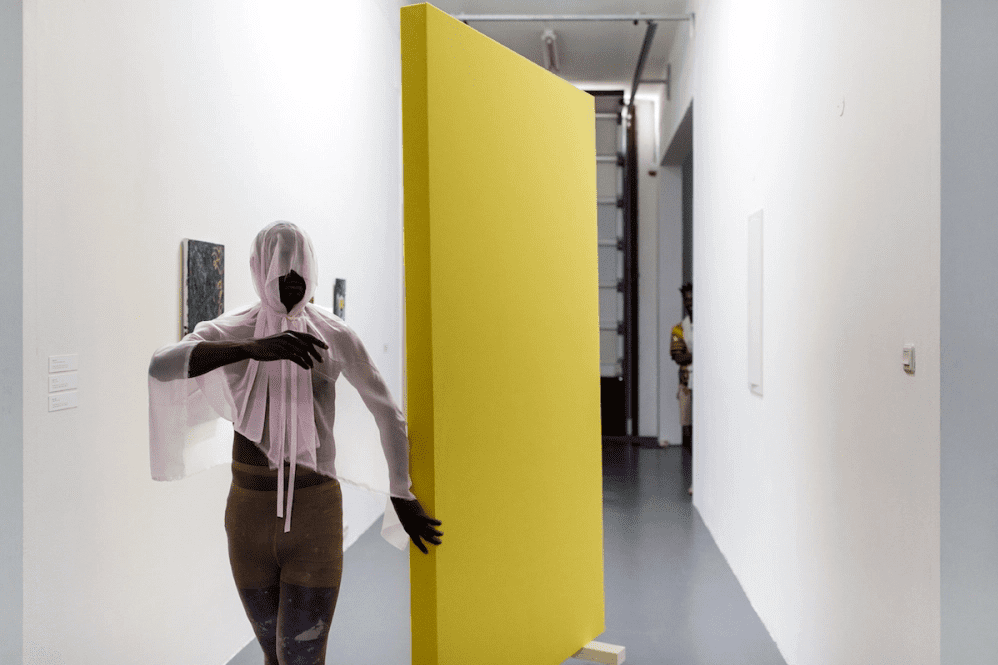
Charl Landvreugd, Performance “movt nr. 9: Holland Mijn Mars”, 2017. Photo credit: Aad Hoogendoorn for Witte de With
Years ago I was struck by the fury that came down on Swedish artist Makode Linde after the so-called cake incident. What I realized is that this work could not and would not have been made in the UK or USA, and it actually said a lot about the specificity of the Swedish and by extension European condition. The artist exposed a worldwide nerve that was still neatly covered in the European context. I understand the issue that is taken with the work and at the same time I find that understanding what it does in the local context very useful. A work can have different functions in the local and the global. Critiquing an artist or work only through established Diaspora frameworks damages critique of local perceptions of Afro-ness and how this converges with self-image. Even though it is “ spiral retelling,” in this Afro-Europeans have the right to a certain amount of opacity with respect to the Diaspora. The process of creating this discourse might actually provide a different account of what it means to be Black.
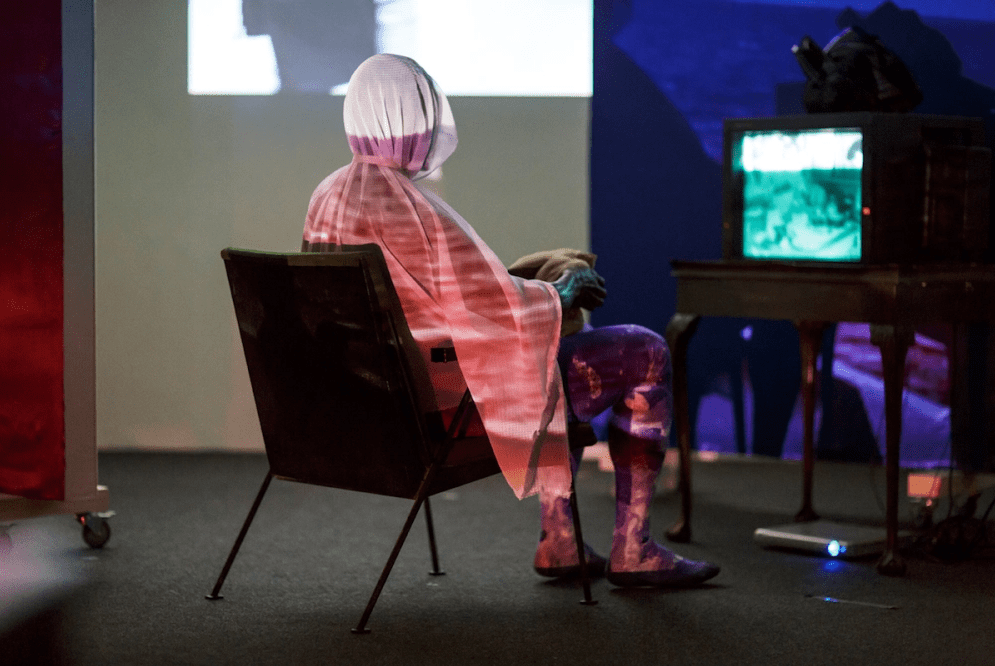
Charl Landvreugd, Performance “movt nr. 9: Holland Mijn Mars”, 2017. Photo credit: Aad Hoogendoorn for Witte de With
C&: What does this continental European discourse sound like? How have you contributed to its formation?
CL: I can only speak for a Dutch contribution to this discourse when it comes to sound. In the English language the expression is “to take a picture” and in Dutch it is “to make a picture.” The difference is in the act. The word “make” assumes an act of creation in Dutch.
Accepting the idea that language influences how we think (and consequently act), it also codes how we theorize and produce discourse. Because I am doing my PhD in English, I constantly translate un-translatables to English, which opens up these words for new meanings in the international and Diaspora conversation. An example is the word “blank,” which in the Dutch context has the word value of “white people.” Under Diaspora influence this word is slowly exchanged for “wit(te),” i.e. white (people). In English “blank” means “ empty or clear, or containing no mark or information” When applied to the visual arts, and specifically to how works are valued based on racial ethnic background, this means blankness is currently an unattainable state for artworks. As a concept it decentralizes whiteness as the norm, because whiteness then needs to be recognized as an ethnicity or racial category (see pages 120–122 here).
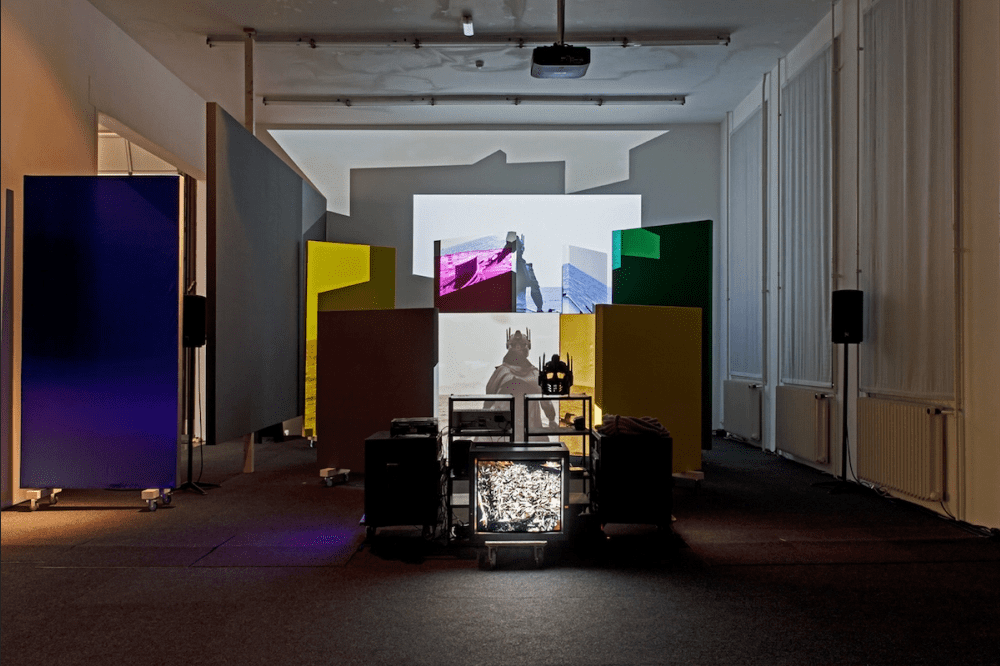
Charl Landvreugd, Performance “movt nr. 9: Holland Mijn Mars”, 2017. Photo credit: Aad Hoogendoorn for Witte de With
C&: You’re currently working on a PhD in curating contemporary art at the Royal College of Art in London. What are you trying to achieve?
CL: The central question in my dissertation is whether it is possible to locate Dutch Afro artists as native to the Dutch artistic landscape. It looks closely at the circumstances that prevent this from happening, and examines the strategies that artists and curators employ to secure their positions. At the end of the day, with a lack of Black curators of contemporary art in major Dutch institutions, it is all about agency. Who has what sort of agency and how is it being used. This dissertation is the first to extensively look at this problem from a Dutch perspective and aims to be a blueprint for further European studies towards a continental European “migrant aesthetics” art discourse.
Charl Landvreugd was born in Paramaribo, Suriname and grew up in Rotterdam, the Netherlands. Aesthetically, politically, theoretically, and practically, black is the base color in his practice. Landvreugd has studied at the Goldsmiths College (London) and Columbia University (New York), and continues his investigations of black and Blackness. He explores the plurality of black hues and advocates for distinctions in black diversity.
Interview by Will Furtado.
Read more from
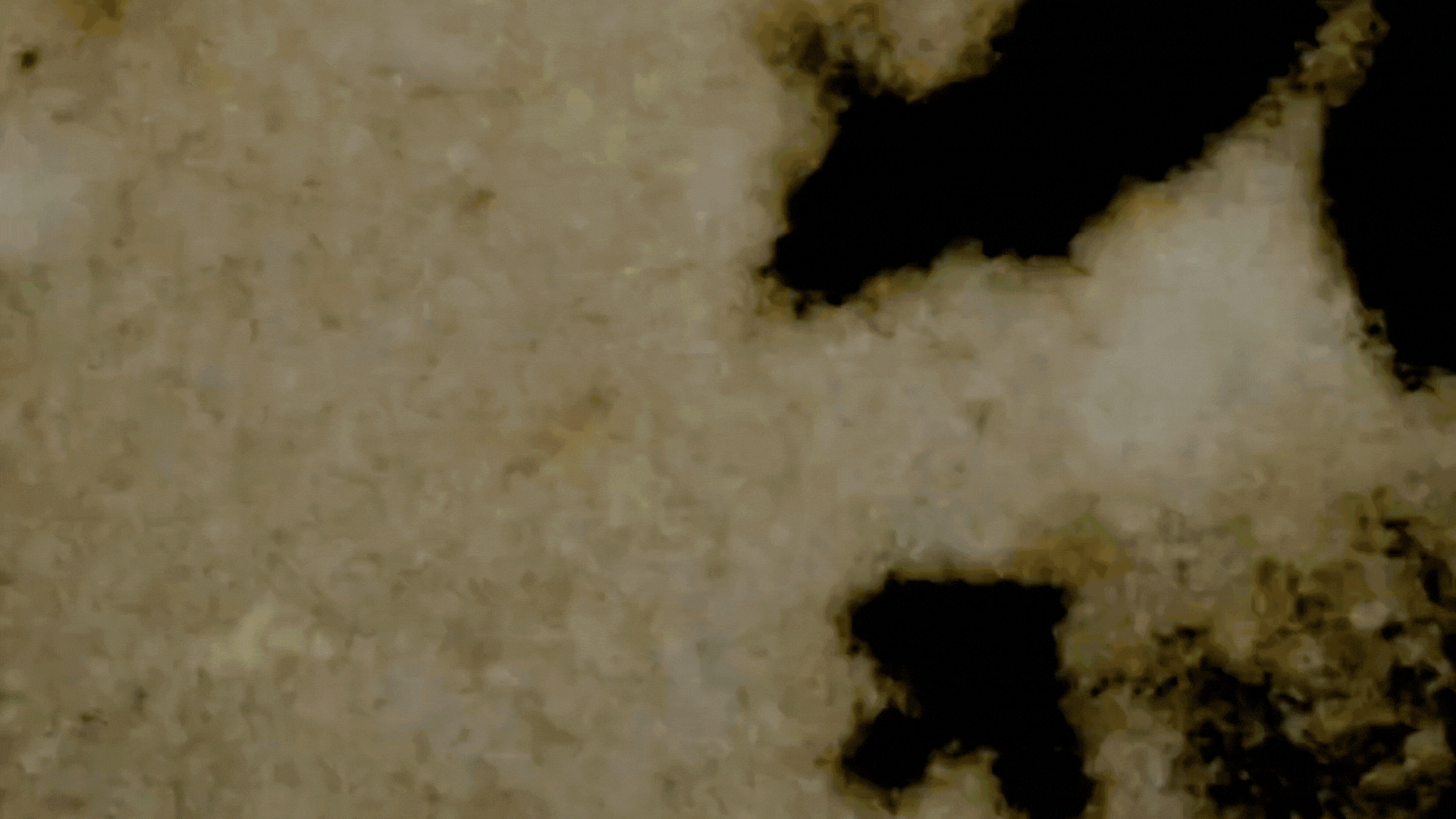
On Ghosts and The Moving Image: Edward George’s Black Atlas

Confronting the Absence of Latin America in Conversations on African Diasporic Art

On Exile, Amulets and Circadian Rhythms: Practising Data Healing across Timezones
Read more from

Paris Noir: Pan-African Surrealism, Abstraction and Figuration
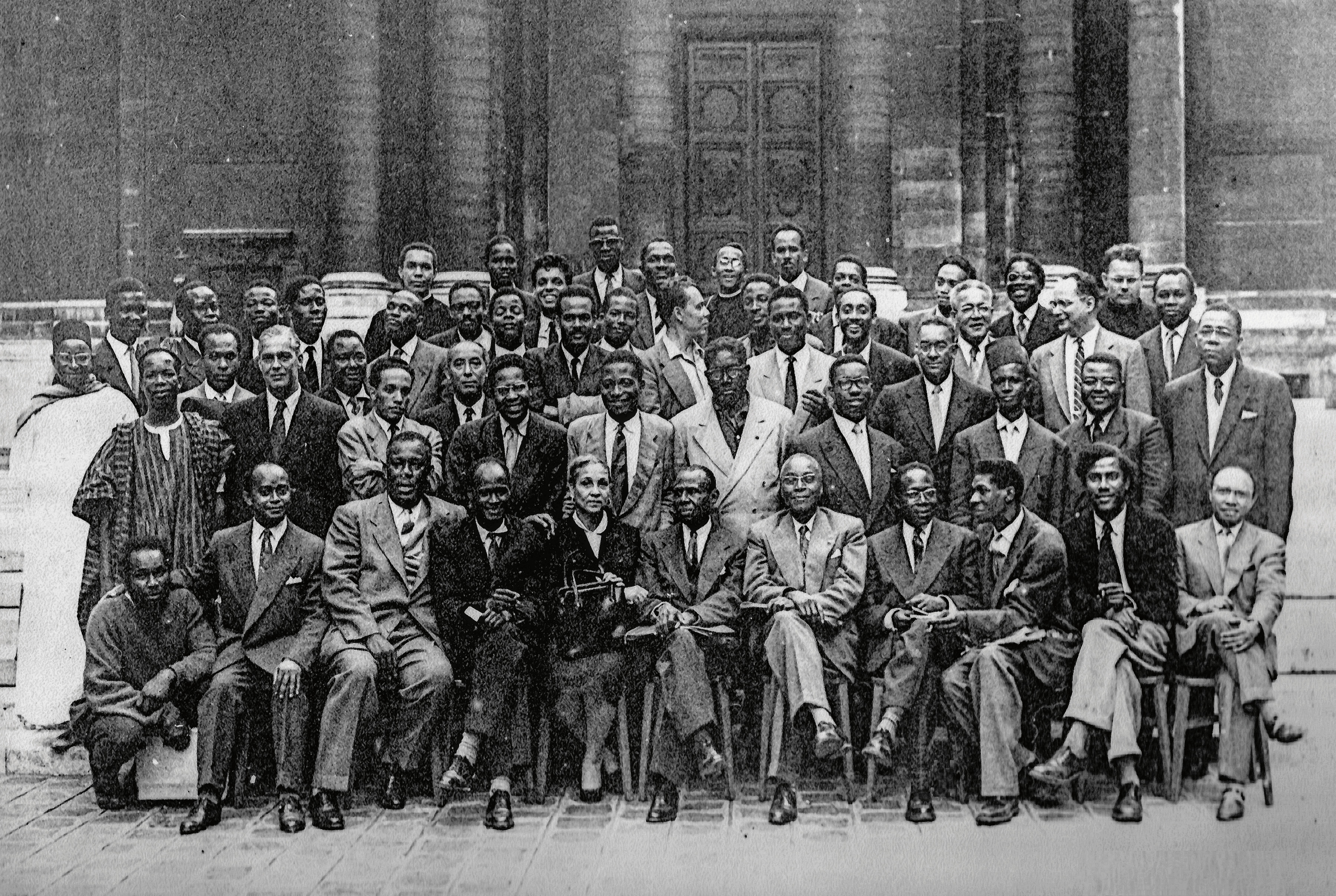
Paris Noir: Pan-African Surrealism, Abstraction and Figuration
